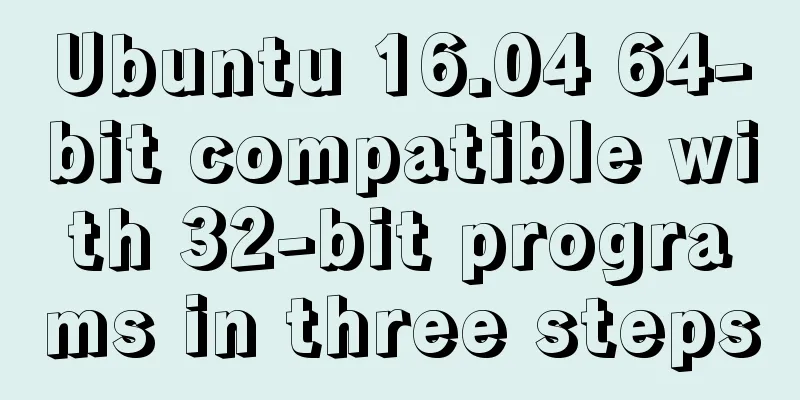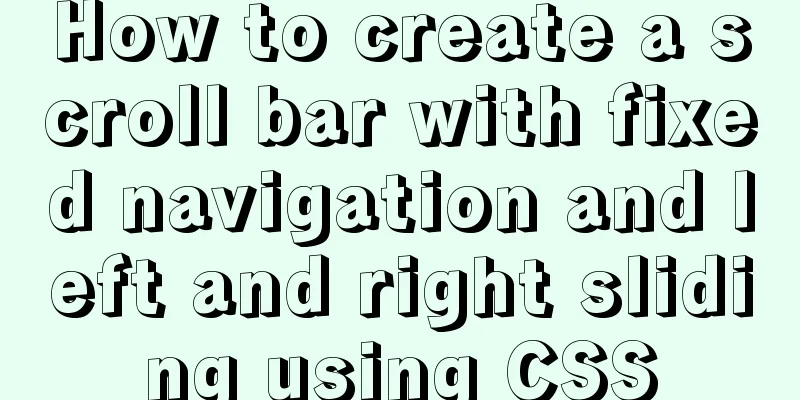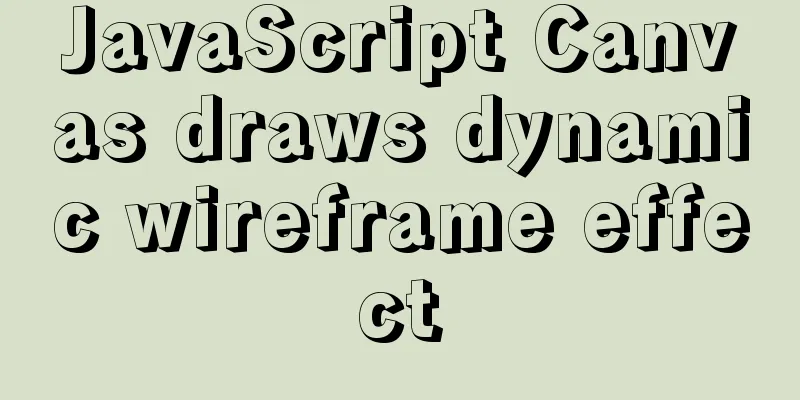innerHTML Application

|
Blank's blog: http://www.planabc.net/ The use of the innerHTML property is very popular because it provides an easy way to completely replace the contents of an HTML element. Another approach is to use the DOM Level 2 API (removeChild, createElement, appendChild). But it is obvious that using innerHTML to modify the DOM tree is a very easy and effective method. However, you need to be aware that innerHTML has some issues of its own:
There are a few other minor drawbacks that are worth mentioning:
I am more concerned about the security and memory issues associated with using the innerHTML property. Obviously, these are not new problems, and there are already smart people who have figured out ways around some of these issues. Douglas Crockford wrote a cleanup function that is responsible for breaking some circular references caused by event handlers registered with HTML elements and allowing the garbage collector to free the memory associated with these HTML elements. Removing script tags from an HTML string is not as easy as it seems. A regular expression may do what you expect, although it is hard to know whether all possibilities are covered. Here is my solution: /<script[^>]*>[\S\s]*?<\/script[^>]*>/ig Now, let's combine these two techniques into a single setInnerHTML function and bind the setInnerHTML function to YUI's YAHOO.util.Dom: YAHOO.util.Dom.setInnerHTML = function (el, html) { el = YAHOO.util.Dom.get(el); if (!el || typeof html !== 'string') { return null; } // Break the circular reference (function (o) { var a = o.attributes, i, l, n, c; if (a) { l = a.length; for (i = 0; i < l; i = 1) { n = a[i].name; if (typeof o[n] === 'function') { o[n] = null; } } } a = o.childNodes; if (a) { l = a.length; for (i = 0; i < l; i = 1) { c = o.childNodes[i]; // Clear child nodes arguments.callee(c); // Remove all listeners registered on the element through YUI's addListener YAHOO.util.Event.purgeElement(c); } } })(el); // Remove the script from the HTML string and set the innerHTML property el.innerHTML = html.replace(/<script[^>]*>[\S\s]*?<\/script[^>]*>/ig, ""); // Return a reference to the first child node return el.firstChild; }; If there is anything else this function should have or if I'm missing something in the regex, please let me know. Obviously, there are many other ways to inject malicious code on a web page. The setInnerHTML function normalizes the execution behavior of <script> tags on all A-grade browsers only. If you plan to inject untrusted HTML code, make sure to filter it on the server first. There are many libraries that can do this. Original article: The Problem With innerHTML by Julien Lecomte |
<<: How MySQL handles implicit default values
>>: Dockerfile implementation code when starting two processes in a docker container
Recommend
List of commonly used escape codes for HTML greater than, less than, spaces, quotation marks, etc.
The table is as follows: HTML source code Display...
Detailed installation process of MySQL 8.0 Windows zip package version
The installation process of MySQL 8.0 Windows zip...
How to use Docker Swarm to build WordPress
cause I once set up WordPress on Vultr, but for w...
Nexus private server construction principle and tutorial analysis
one. Why build a Nexus private server? All develo...
CentOS 8 custom directory installation nginx (tutorial details)
1. Install tools and libraries # PCRE is a Perl l...
Detailed explanation of Docker's most commonly used image commands and container commands
This article lists the most commonly used image c...
Introduction and examples of hidden fields in HTML
Basic syntax: <input type="hidden" na...
Detailed explanation of Excel parsing and exporting based on Vue
Table of contents Preface Basic Introduction Code...
Detailed explanation of styles in uni-app
Table of contents Styles in uni-app Summarize Sty...
A brief discussion on VUE uni-app custom components
1. Parent components can pass data to child compo...
Implementation of nested jump of vue routing view router-view
Table of contents 1. Modify the app.vue page 2. C...
Solution to 1045 error when navicat connects to mysql
When connecting to the local database, navicat fo...
Using css-loader to implement css module in vue-cli
【Foreword】 Both Vue and React's CSS modular s...
Detailed analysis of the MySQL slow log opening method and storage format
In development projects, we can monitor SQL with ...
Vue custom table column implementation process record
Table of contents Preface Rendering setTable comp...









